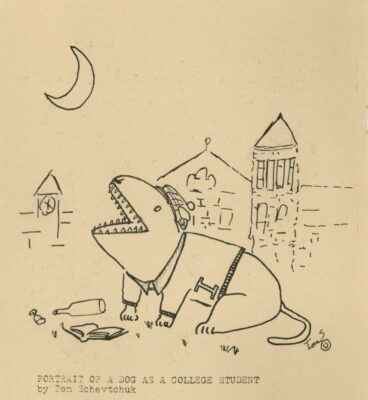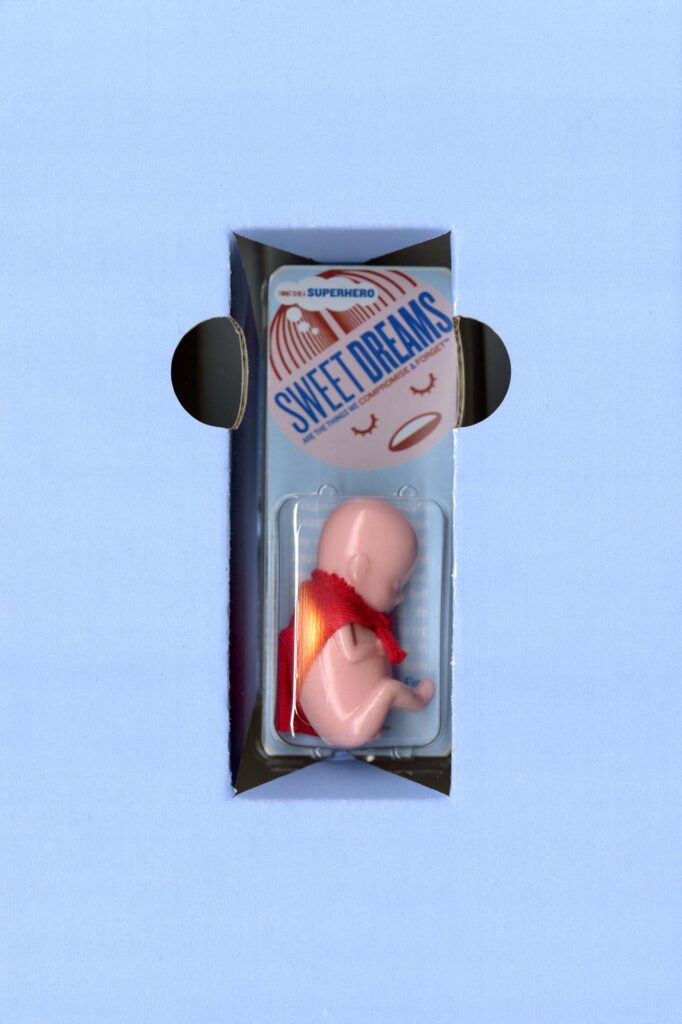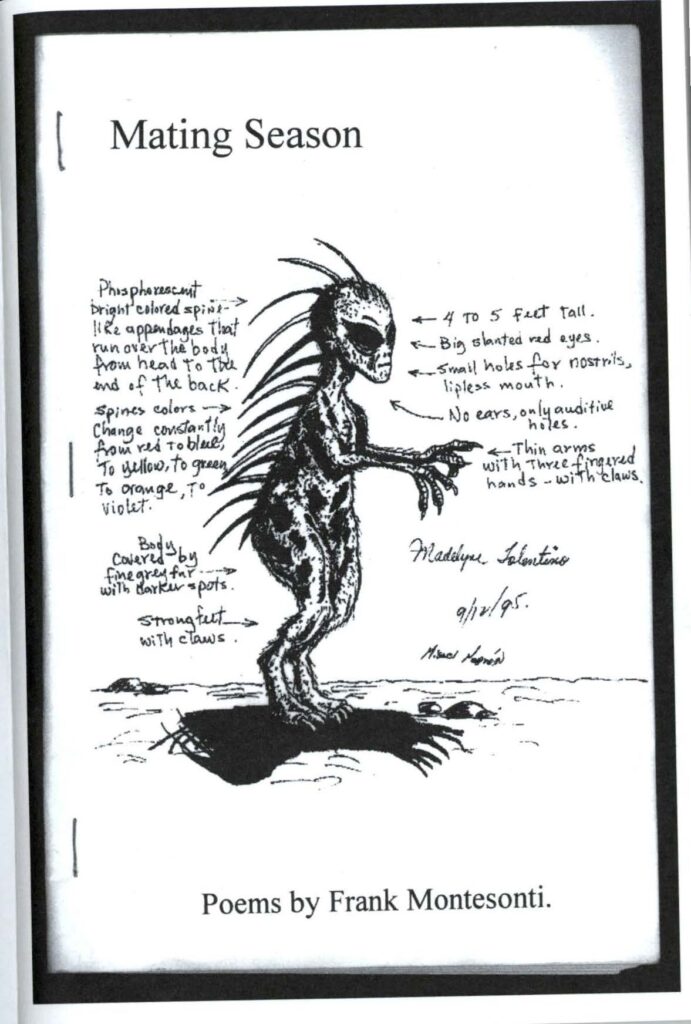Last year I graduated from IU after four years of involvement in the Collins Living Learning Center. This unique living-learning center is the campus’s oldest, and has a strong, passionate, student-led community emphasizing diversity and individual creative expression.
This summer at the University Archives, I am working to help digitize portions of the Collins LLC collection. So far, this has involved preparing documents (publications, letters, newspaper clippings, etc.) for scanning which includes organizing files, removing paperclips, and redacting sensitive information. As a Collins member myself, I remember touring the archives as part of a class and being fascinated by old publications I know well, such as the Collins Columns, and finding editions made by students from well before I was born. Needless to say, working now firsthand in the archives is very interesting from a former Collinsite’s point of view, and has enlightened me to much of its rich history I was oblivious to. For instance, it’s fascinating to see meeting notes and email chains creating councils that some 40 years later I would hold a position on.
Collins is a home to students of all backgrounds and majors. It’s very nearly entirely student-run, from its publications to its many councils and organizations. Hence, every year the environment of the LLC takes on a different trajectory, and yet the thing that stands out to me the most as I delve through the archives is how distinct Collins has remained since its inception, and how familiar it seems 50 years ago compared to my experience in the past four years, despite its many changes.



One item in the collections that exemplifies this aspect of Collins is the Dancing Star publication. This literary, artistic, and musical journal is the center’s longest running annual publication. In 1976 the first volume was written on a typewriter and compiled by hand. In 2000, the Indiana Daily Student featured a full-page article celebrating the publication’s 25th anniversary and its ambitious evolution which included adding things like CDs containing music made by students. 18 years later, the 42nd volume won the prestigious Gutenberg award in the Great Lakes Graphic Association Print Competition. This, as it happens, was also the first Collins publication I saw as an incoming freshman to the LLC.

Over its 46 issues, the Dancing Star has taken many forms: from a pocket-sized handbook to a multi-pocketed pamphlet scrawled with residents’ doodles, to a handmade accordion flipbook adorned with buttons and yarn. The journal itself is as much of an art form as the content it contains. And yet every year it holds the same charm that is evident since the very first volume.
The 26th edition of the Dancing Star was perhaps the most extravagant and ambition design. Unlike the usual bound-book form, it comes in a cardboard box set. Upon opening, you’re immediately confronted with a collectable packaged figurine of a fetus wearing a tiny red cape. This “Superhero” collectible is one of three further options including a “Ballerina,” “Soldier,” and “Karate Master” which are described as “clutchable, hordeable lovelies inside every copy of Dancing Star No. 26.” Underneath this insert, the reader finds a poster and 7 booklets hidden underneath, each of which could easily be considered their own publication. As with all Dancing Stars, the booklets are filled with poems, art, short stories, and other creative expressions made by members of the LLC.
The volume takes pride in having an “all-inclusive policy” – a staple of Collins’ publications. On a handout acting as a sort of user manual for the edition, editor Brian McMullen explains the importance of this. Too often, he says, do people “make a literary magazine that looks like a literary magazine,” as poets too often write “poems that sound like poems”. He says that the risk of accepting all submissions is necessary in making a unique journal that fully embodies the true expression of the center’s members, and creates an unaltered, memorable piece of art in the process. In this volume, you will not only find poems that don’t try to sound like poems, but a literary journal that doesn’t try to look like a literary journal.



Leave a Reply